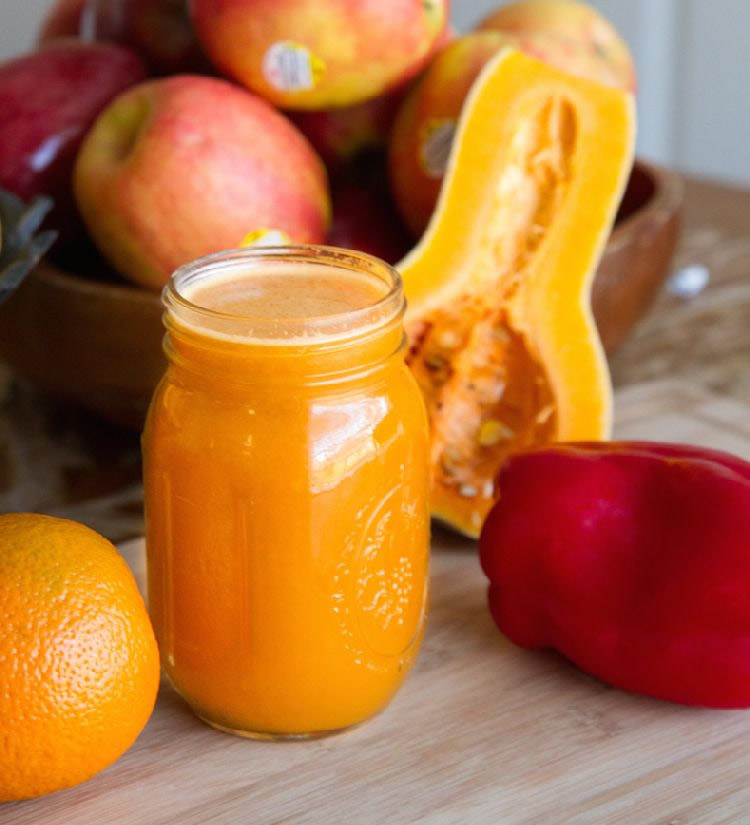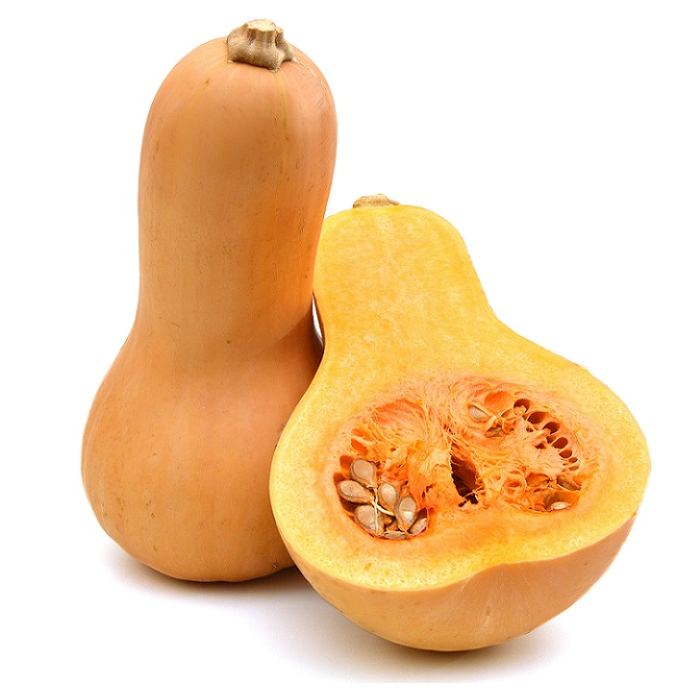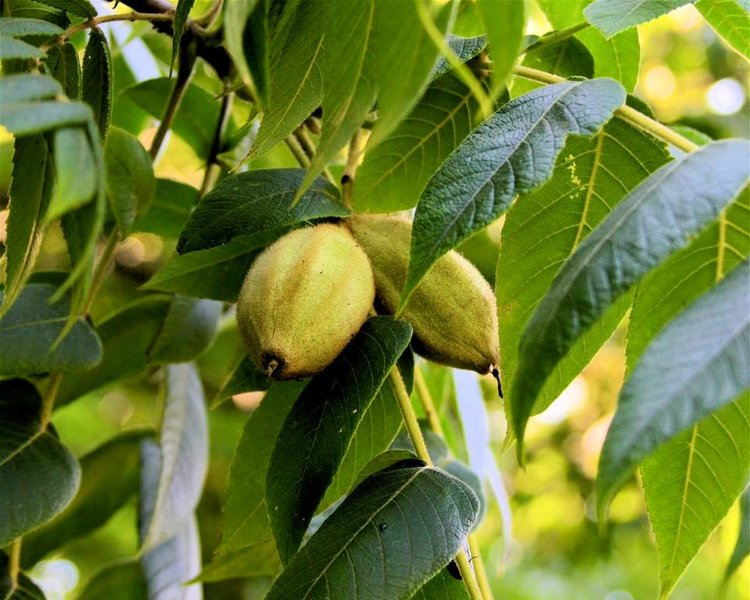Butternut Trees
Vegetables
Butternut, is the most common among winter squash vegetables. It is a monoecious (separate male and female flowers appear on the same plant) as in pumpkins. Honeybees help in pollination and productive fruiting.
Butternut is a large sized fruit featuring upper elongated, thick neck attached to a broad, pear-shaped lower base. Its external surface has smooth, ribbed skin.

Butternut squash has plenty of natural polyphenolic flavonoid compounds like a and ß-carotenes, cryptoxanthin-ß, and lutein. These compounds convert into vitamin-A inside the body and deliver same protective functions of vitamin-A in the body.
It is rich in the B-complex group of vitamins like folates, riboflavin, niacin, vitamin B-6 (pyridoxine), thiamin, and pantothenic acid.
It has a similar mineral profile as that in pumpkin, containing adequate levels of minerals like iron, zinc, copper, calcium, potassium, and phosphorus.

Butternut squash composes of many vital polyphenolic antioxidants and vitamins. Like in other Cucurbitaceae members, butternut too has very low calories; 100 g provides just 45 calories.
It has more vitamin-A than that of in pumpkin. At 10,630 IU per 100 g, it is perhaps the single vegetable source in the Cucurbitaceae family with the highest levels of vitamin-A, constituting about 354% of RDA. Vitamin-A is a powerful natural anti-oxidant and is required by the body for maintaining the integrity of skin and mucosa. It is also an essential vitamin for healthy eyesight.

